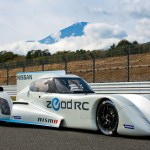Nissan ZEOD RC: inside the future of endurance racing
Nissan’s stunning ZEOD RC will be the first car to complete a lap of the historic Le Mans circuit purely on electric power, and it's got plenty of other tricks to get excited about too
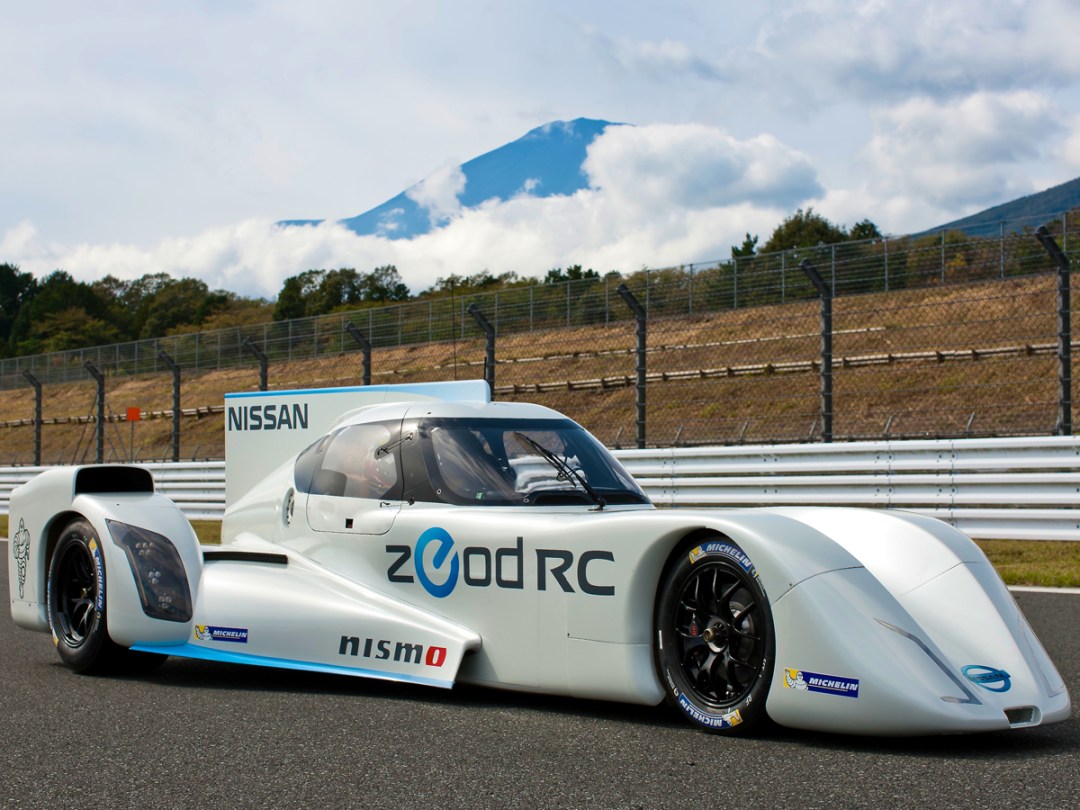
The ZEOD – Zero Emissions On Demand – was officially unveiled at Nissan Motorsport’s (Nismo) headquarters in Japan in mid-October, leaving just seven months for the revolutionary electro-petrol powered car to be ready to take on the 8.47 mile lap of the Circuit de la Sarthe, where the world’s most famous endurance race takes place.
Not only does the ZEOD feature ground breaking battery technology, it also has a unique ‘delta wing’ design, where the front of the car is much narrower than the rear. But that’s not all the features this futuristic car offers…
Low drag, low weight, low energy
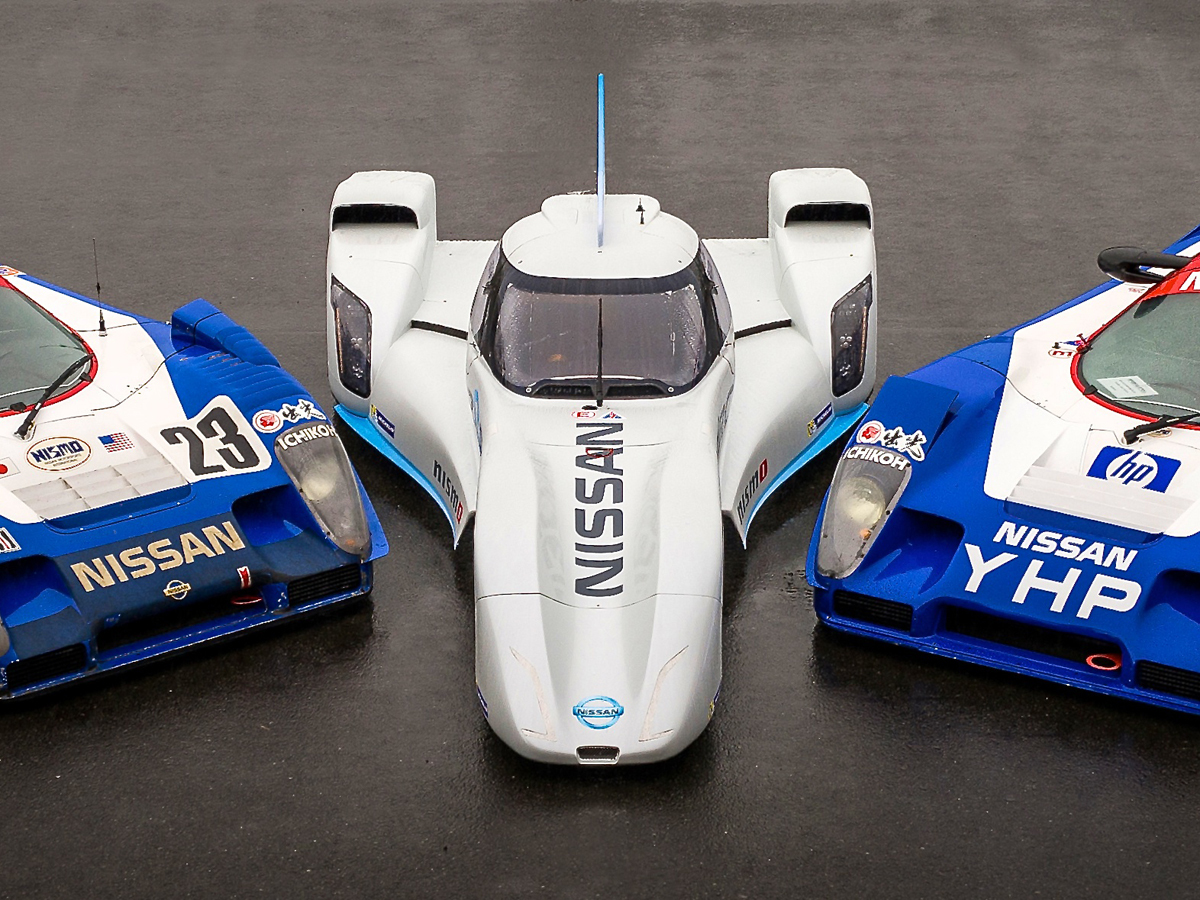
The narrow front track and wide rear ‘delta wing’ design means the car is not only considerably lighter than a conventional ‘square’ (all four wheels in each corner) construction, but it also creates a lot less wind resistance – also known as drag. The combination of lower weight – the car weighs 600kg, compared to 900kg for a convention racer – and lower drag, means the ZEOD requires less energy to achieve a similar level of performance.
“The ZEOD is about efficiency, which allows us to get range out of electric drive,” explains Ben Bowlby, the car’s designer. “It’s a battery-electric vehicle that not only has the latest technology, but is also super lightweight and has super low drag aerodynamically and super low rolling resistance from the narrow tyres in order to get range from the stored energy from that battery.”
Despite its appearance, there are actually two wheels on the front axle. Because most of the weight of the car is at the rear, a very skinny front tyre is required to allow the car to corner as fast as it’s rivals. Despite initial scepticism, the concept has proven to be able to take corners at very high speed.
“When I first sat in the car it felt like a completely different world,” says test driver Michael Krumm. “But once I got going the feeling was the same as in a normal car. It was a lot of fun.”
Passing on its race car genetics
The ZEOD RC is unlikely to point the way ahead for the design of racing cars as it currently sits outside of any official regulations.
However, the Le Mans project is being used as a way of raising awareness of the ZEOD brand, which Nissan will use on its future range of low-emission vehicles, such as the Leaf.
Brake-up, Juice-up
The ZEOD runs on hybrid power. This means it has a small-capacity petrol engine supported by an additional battery source. This is recharged through the braking energy during the lap and is stored in the battery. The stored energy could be released in short burst as an ‘overtaking button’, but to prove the environmental credentials of the project, the ZEOD will store energy over each lap of its stint at Le Mans – it will need to refuel approximately every 11 laps – and run the final lap purely on electric power.
“There are two ways we can charge the battery,” says Bowlby. “One is by plugging it into a wall and take full charge off the grid, the other way is to recharge the battery while using the little gasoline engine that’s in the car under each braking event.”
“The battery has the same amount of power as the internal combustion engine, so the balance in power is equal. You could combine both together and then you’d have a ridiculously powerful car, but at Le Mans we will get the range from the gasoline and we’ll get the zero emission from the electric drive from energy that would have otherwise been wasted.”
Battery
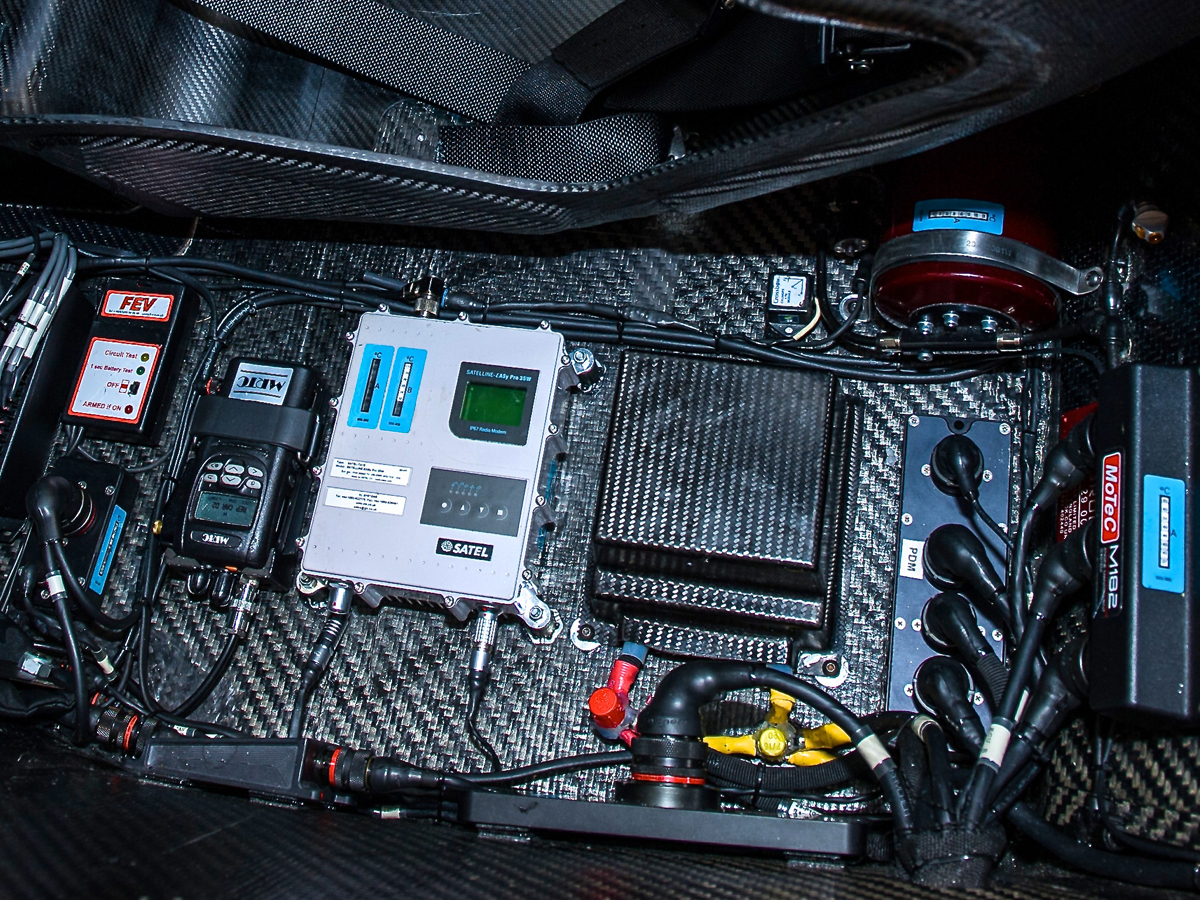
The ZEOD uses the same lithium battery technology as the road-going Nissan Leaf, albeit in a far more powerful form, with over 100bhp powering the motors through a conventional racing transmission.
“It’s a 12kw/h battery and that holds a useable 33 megajoules of energy,” says Bowlby. “To put that in perspective, one kilo of petrol has 39 megajoules of energy.”
Whisper-quiet
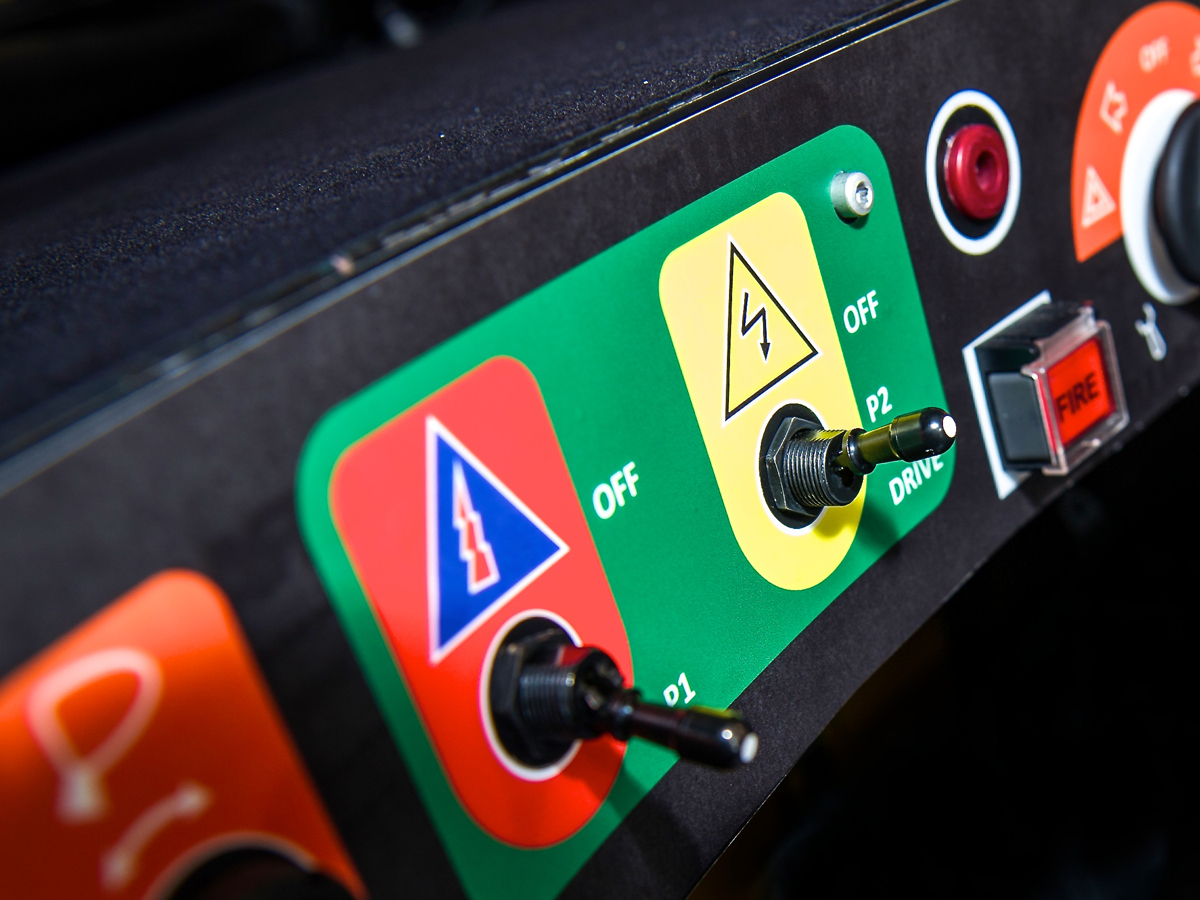
The ZEOD ran in public for the first time ahead of the World Endurance Championship race in Fuji on October 20. It completed just a short run on electric power only, but it was sufficient to get an idea of the sound it will make at Le Mans.
“The ZEOD is almost silent, but there is an audible whistle that it makes when it comes by,” reports AUTOSPORT Editor-in-Chief Andrew van de Burgt.
Mirror? What mirror?
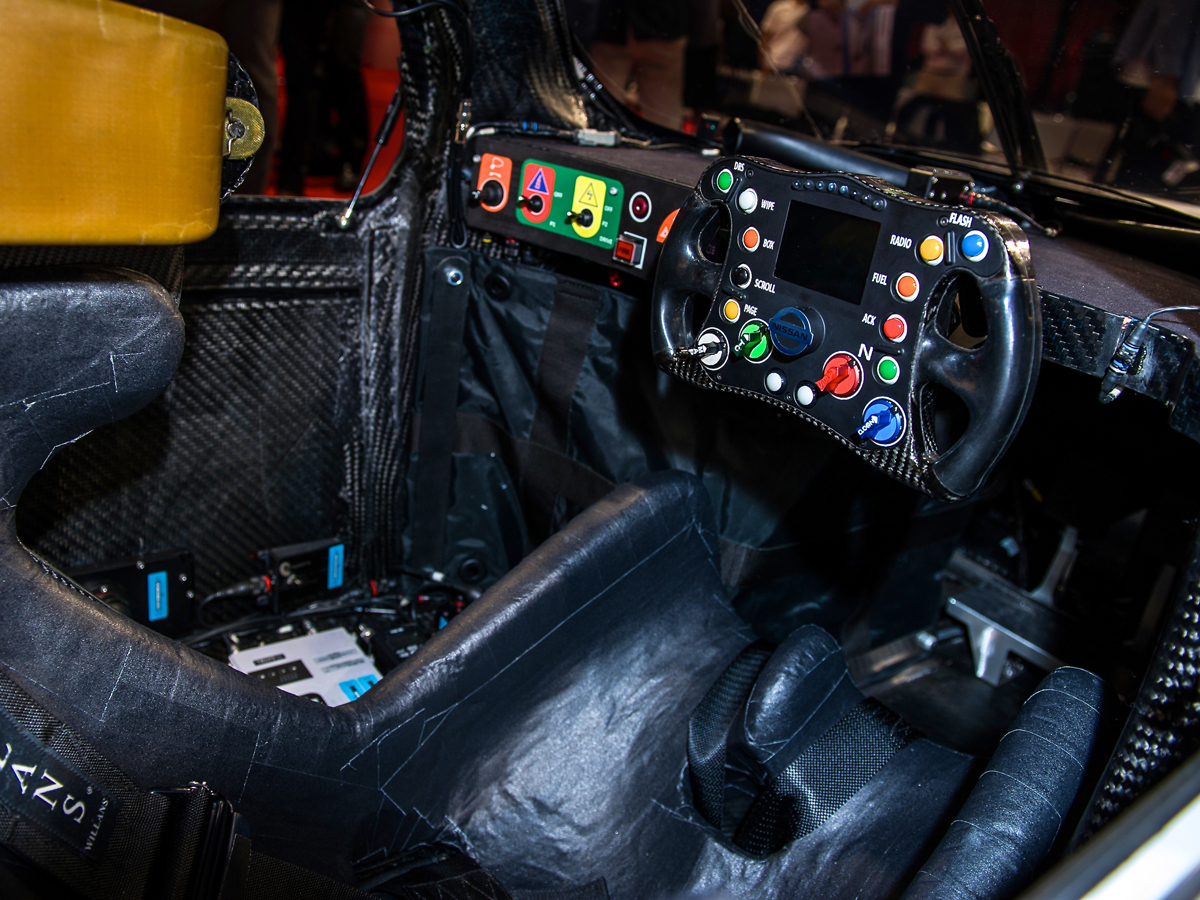
The rear view mirror, which is a standard feature in every road car, was initially developed for racing cars – first appearing on an Indianapolis 500 racer in 1911. However, the ZEOD is the first modern racing car to be built without one.
This is because it employs Nissan’s Safety Shield technology, which is a series of high-definition cameras that show the driver what is happening all around him through a Heads Up Display in the cockpit. This technology is being developed by Nissan for use in its first driverless car, which is scheduled to hit the road within the next decade.


